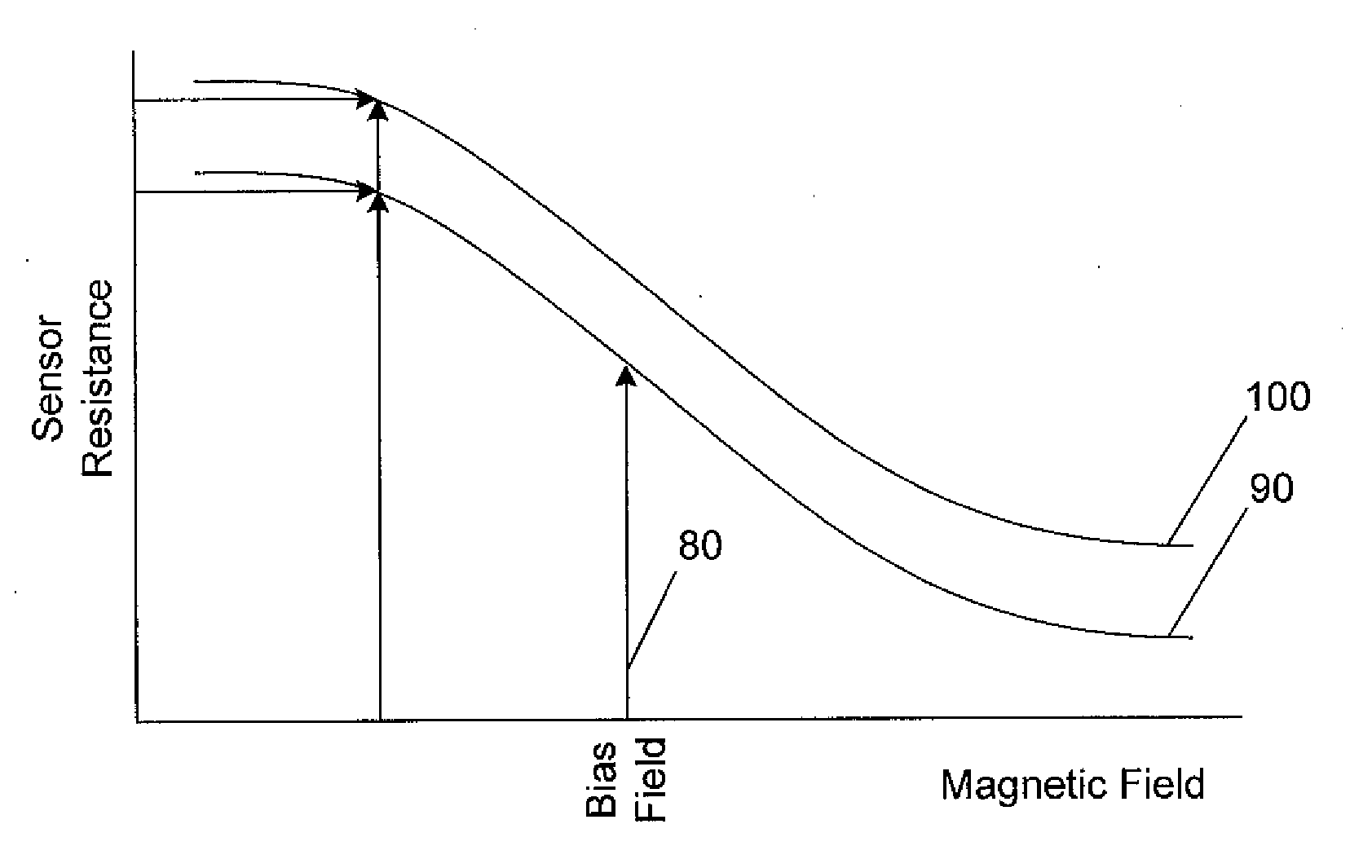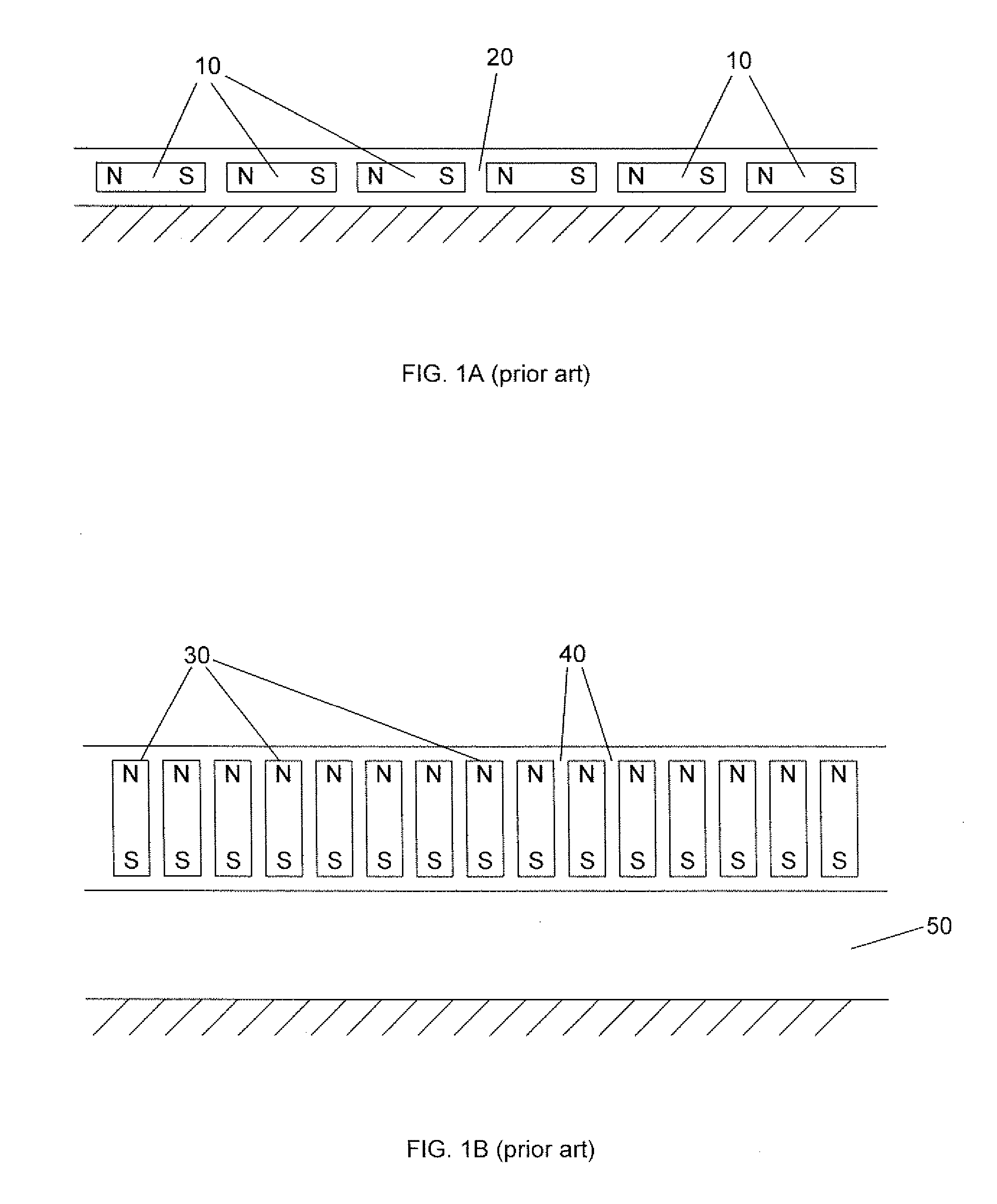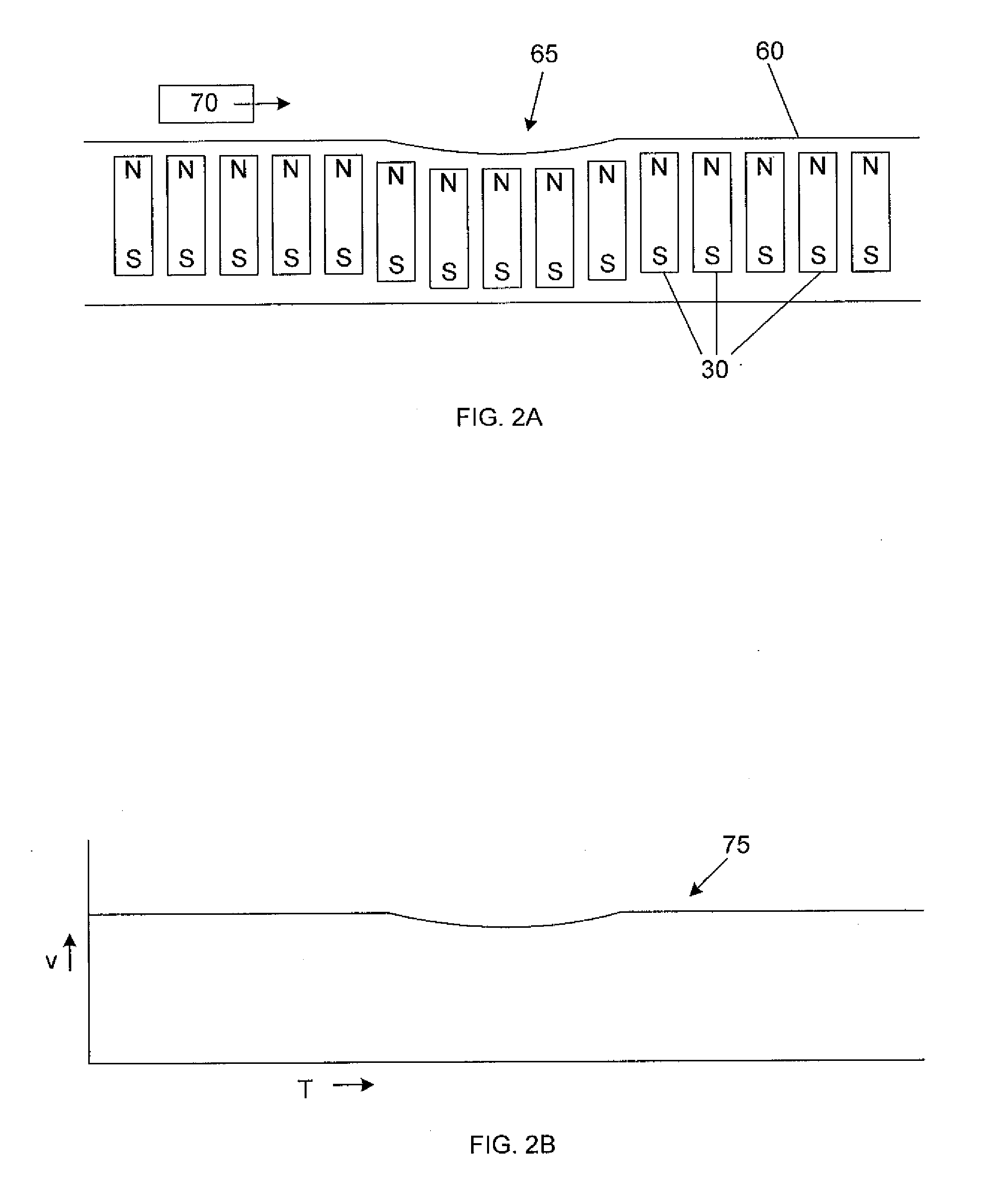Method and system for distinguishing spatial and thermal defects on perpendicular media
a perpendicular media and spatial and thermal defect technology, applied in the field of testing magnetic recording media, can solve the problems of increasing the manufacturing difficulty of achieving a highly uniform, planar surface, and the inherently unstable size of smaller magnetic domains
- Summary
- Abstract
- Description
- Claims
- Application Information
AI Technical Summary
Benefits of technology
Problems solved by technology
Method used
Image
Examples
Embodiment Construction
[0026]In the following description, numerous specific details are set forth to provide a more thorough description of the specific embodiments of the invention. It is apparent, however, that the invention may be practiced without all the specific features discussed below. In other instances, well known features have not been described in detail so as not to obscure the invention.
[0027]The preferred embodiment of the present invention is directed to a method and system for testing the surface of a hard disk platter having vertical magnetic domains to distinguish spatial and thermal defects. The testing contemplated by the present invention is performed after the disk platters are made, but prior to final assembly and formatting of the hard drive. The basic hardware used for testing hard disk platters are known and need not be described in detail. Generally, such devices include a mechanism for rotating the disk, comprising a spindle and one or more radially translatable heads for rea...
PUM
 Login to View More
Login to View More Abstract
Description
Claims
Application Information
 Login to View More
Login to View More - R&D
- Intellectual Property
- Life Sciences
- Materials
- Tech Scout
- Unparalleled Data Quality
- Higher Quality Content
- 60% Fewer Hallucinations
Browse by: Latest US Patents, China's latest patents, Technical Efficacy Thesaurus, Application Domain, Technology Topic, Popular Technical Reports.
© 2025 PatSnap. All rights reserved.Legal|Privacy policy|Modern Slavery Act Transparency Statement|Sitemap|About US| Contact US: help@patsnap.com



